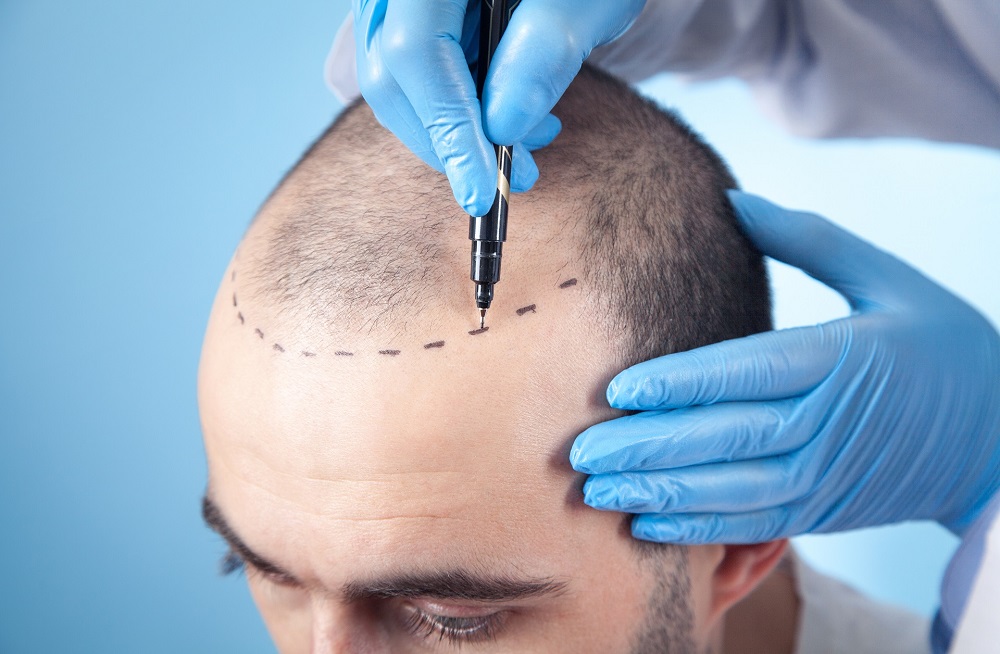When it comes to hair transplants, achieving natural-looking results is paramount. One crucial aspect of creating a seamless and undetectable hair restoration is the art of hairline design. The hairline serves as the frame for the face, and a well-designed hairline can make all the difference in creating a natural and aesthetically pleasing outcome.
Hairline design involves careful consideration of various factors, such as the patient’s facial structure, age, gender, and existing hair pattern. Each individual has a unique hairline, and replicating its natural characteristics is essential to achieve a convincing and harmonious result. A skilled hair transplant surgeon understands the nuances of hairline design and employs a meticulous approach to create an artful hairline.
One crucial aspect of hairline design is ensuring that it is age-appropriate. The hairline of a young individual tends to be lower and more defined, while an older person’s hairline may naturally recede or have less density. A successful hairline design takes into account the patient’s age and creates a hairline that reflects their current stage of life. This attention to detail ensures that the result appears authentic and not artificially altered.
Harmony with facial features is another crucial consideration in hairline design. The hairline should complement the patient’s facial structure, taking into account factors such as the shape of the forehead, brow position, and facial proportions. By carefully analyzing these features, a skilled surgeon can design a hairline that enhances the patient’s natural appearance and brings balance to their overall facial aesthetics.
Creating a natural-looking hairline also involves mimicking the natural hair pattern and density. Hair doesn’t grow uniformly in a straight line but rather in small groups called follicular units. These units consist of one to four hairs and typically have a random distribution. A skilled surgeon will meticulously place the transplanted grafts in a way that mirrors this natural pattern, ensuring that the hairline appears seamless and avoids a “pluggy” or artificial look.
Another crucial aspect of hairline design is considering the future progression of hair loss. Hair transplants are a long-term solution, and it’s important to anticipate potential future hair loss patterns. A skilled surgeon will take into account the potential for further hair loss, especially in cases of genetic hair loss, and design a hairline that maintains a natural appearance even as hair loss progresses over time. This forward-thinking approach ensures that the transplanted hair remains in harmony with any future changes in the patient’s natural hairline.
Achieving a natural-looking hairline requires not only technical skill but also an artistic eye and attention to detail. It is an intricate process that demands a deep understanding of facial aesthetics and an appreciation for the individual characteristics of each patient. A skilled hair transplant surgeon combines their medical expertise with an artistic sensibility to create a hairline that is not only technically proficient but also artistically pleasing.
In conclusion, the art of hairline design plays a vital role in crafting natural-looking hair transplant results. By considering factors such as age, facial structure, natural hair pattern, and future hair loss progression, a skilled surgeon can create a hairline that seamlessly integrates with the patient’s overall appearance. This meticulous attention to detail ensures that the result is not just a restoration of hair but a harmonious enhancement that boosts confidence and restores a natural, youthful appearance.


